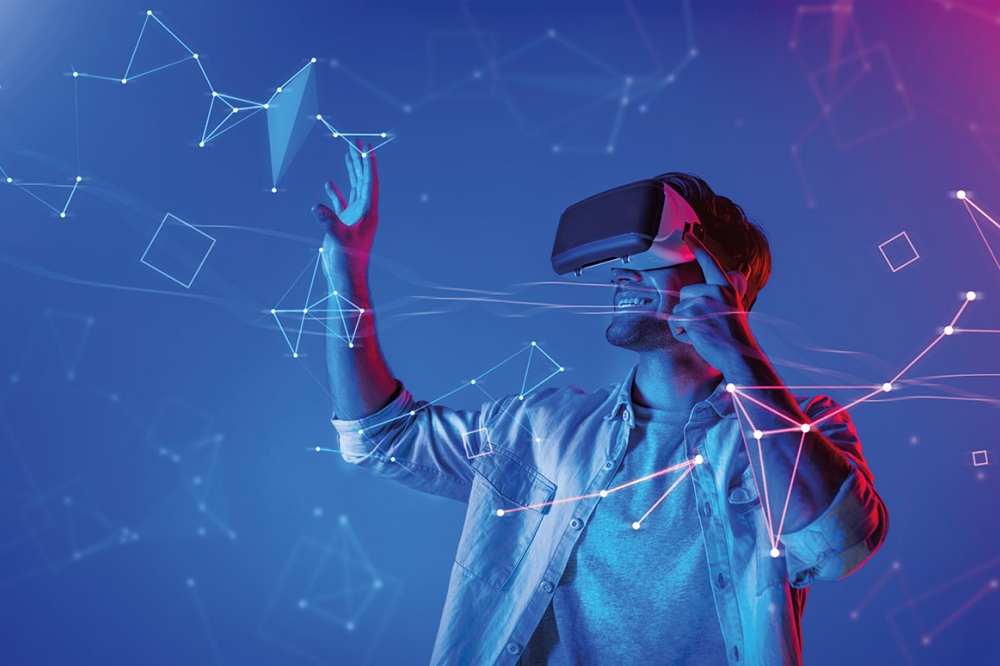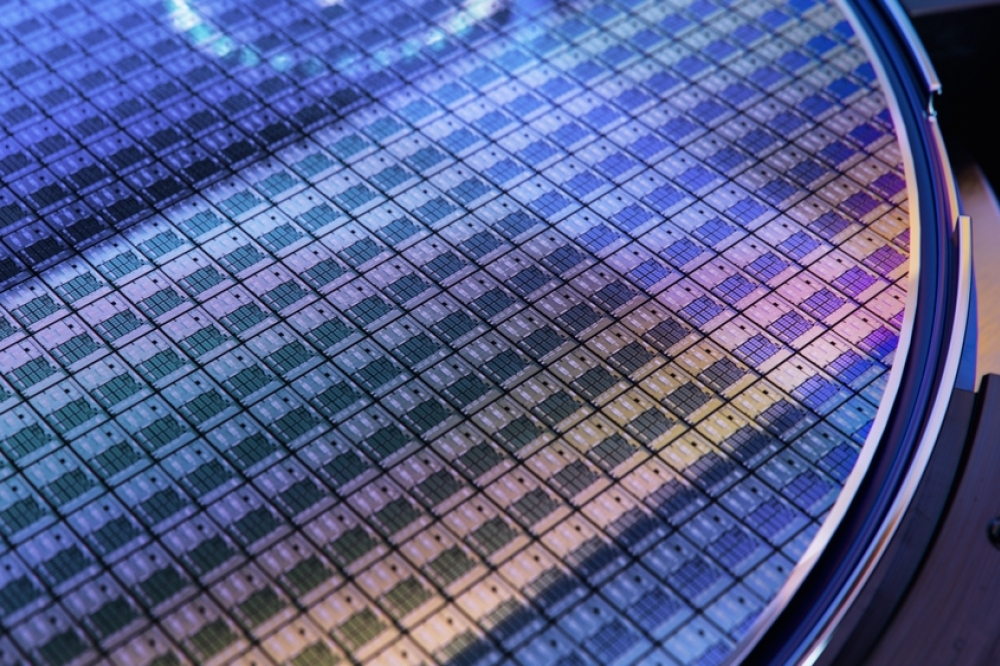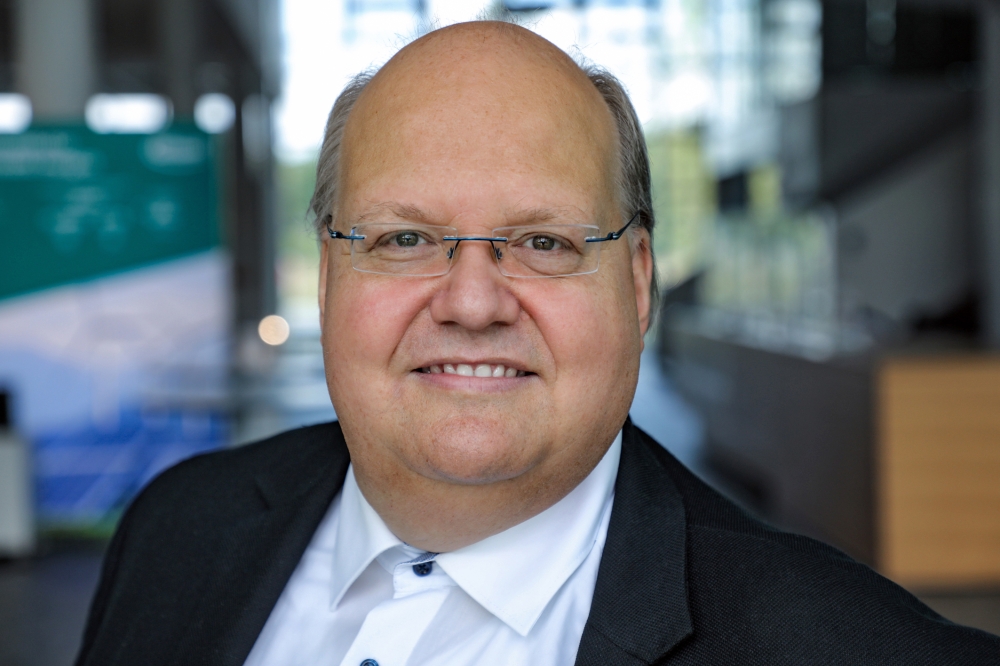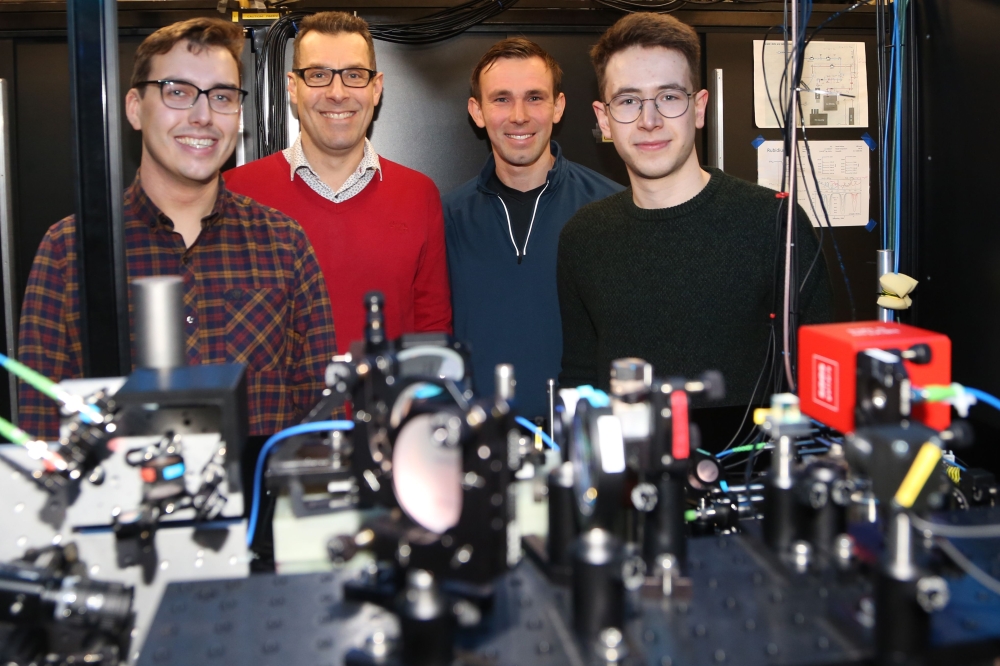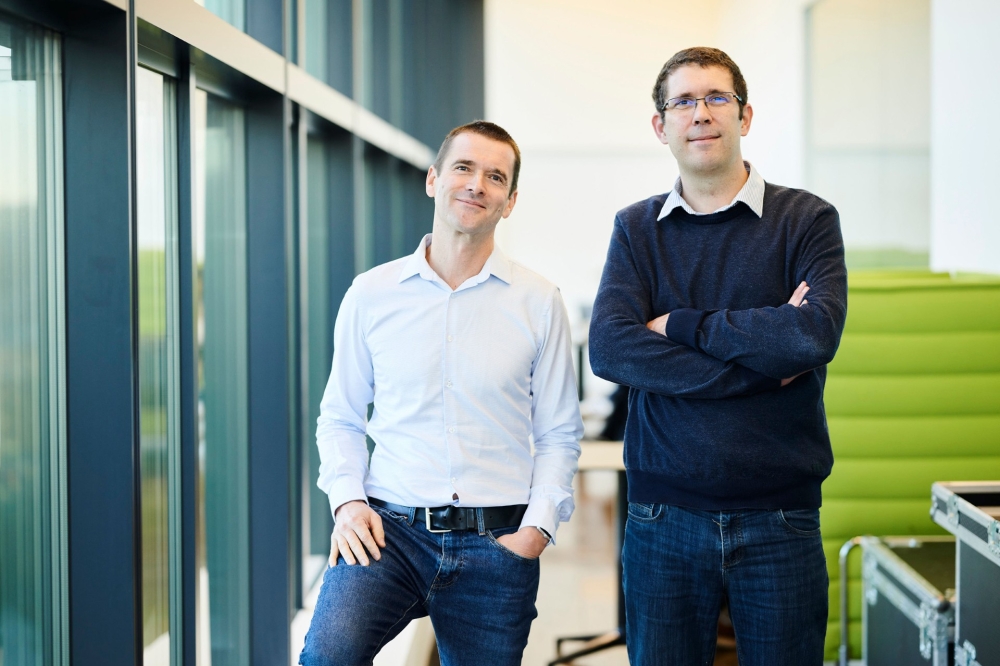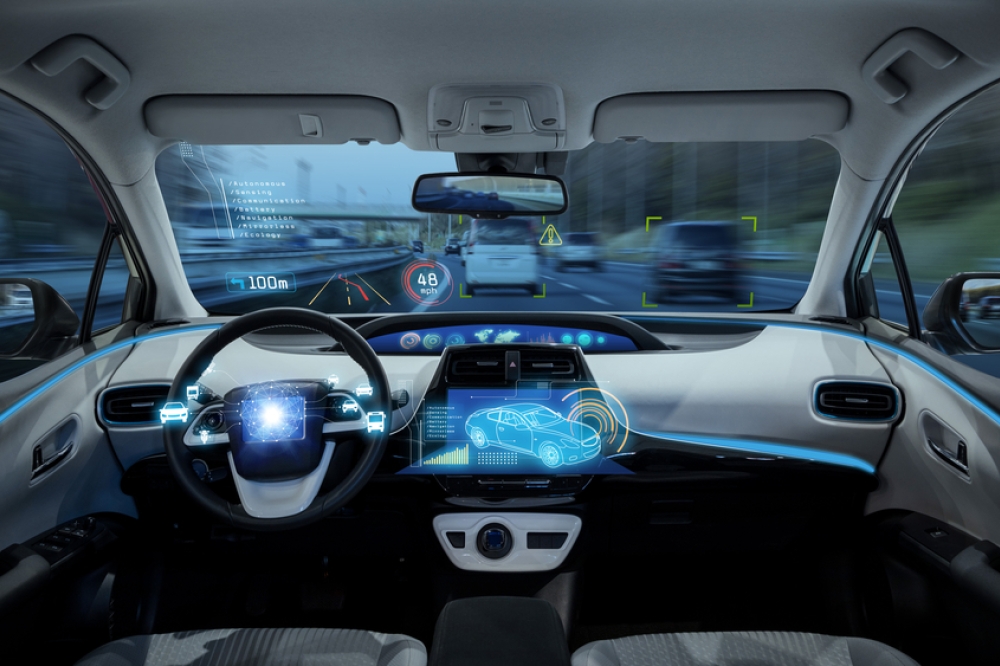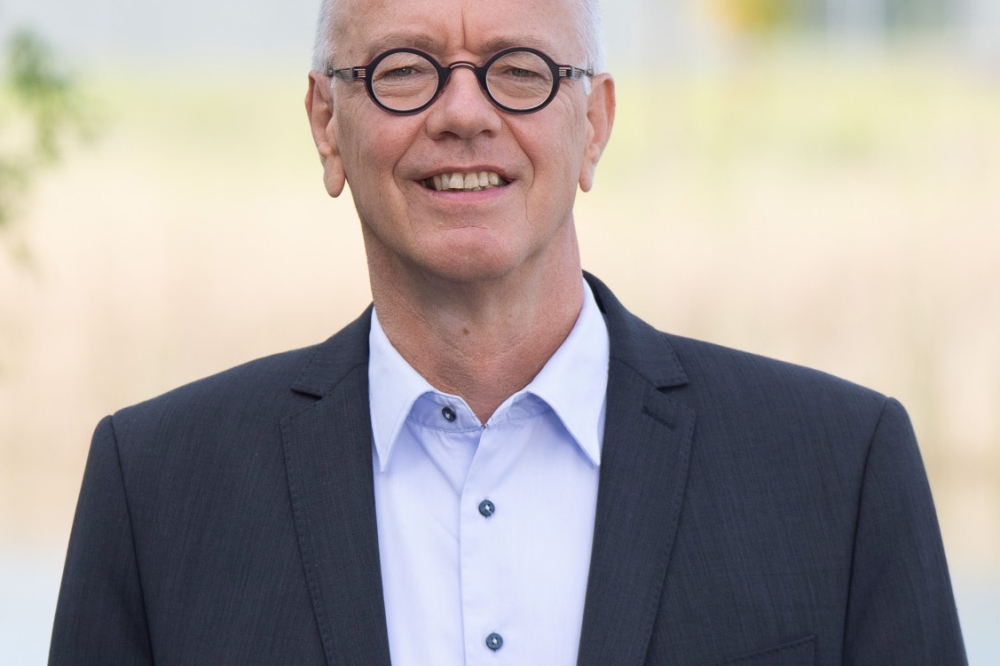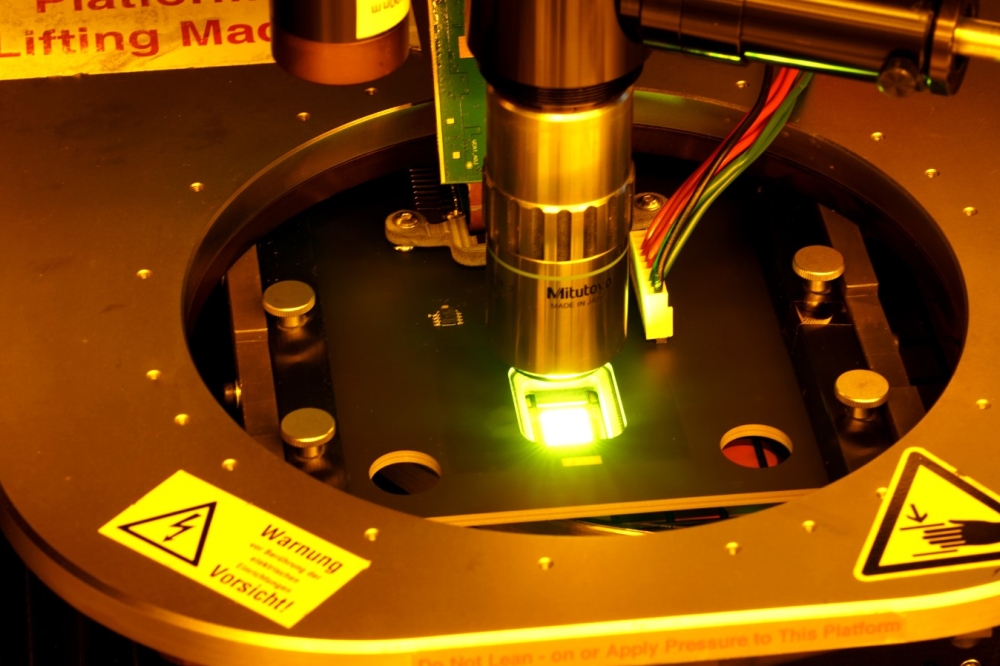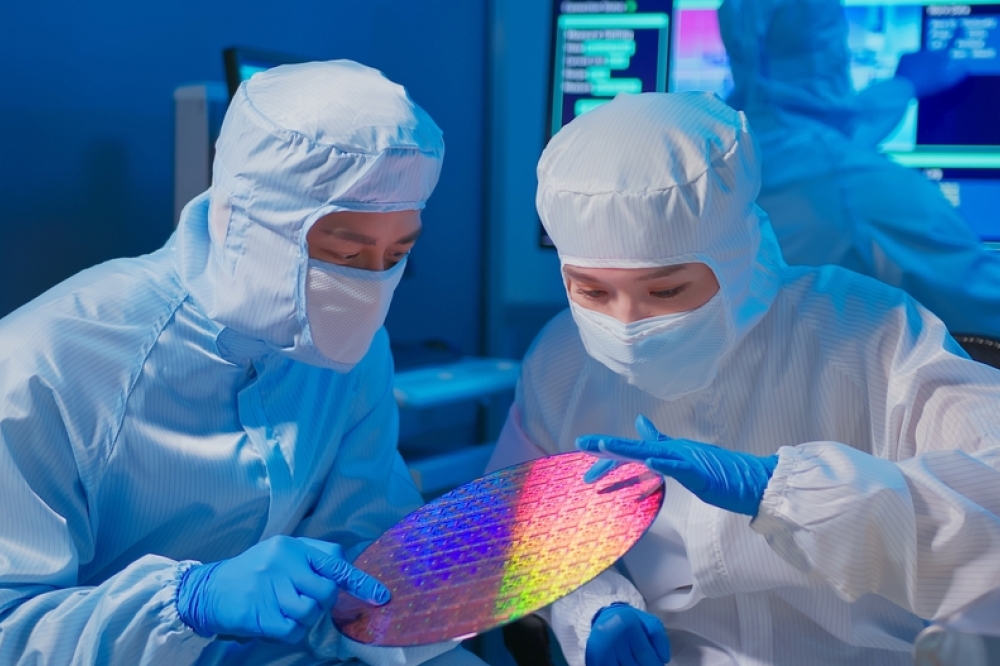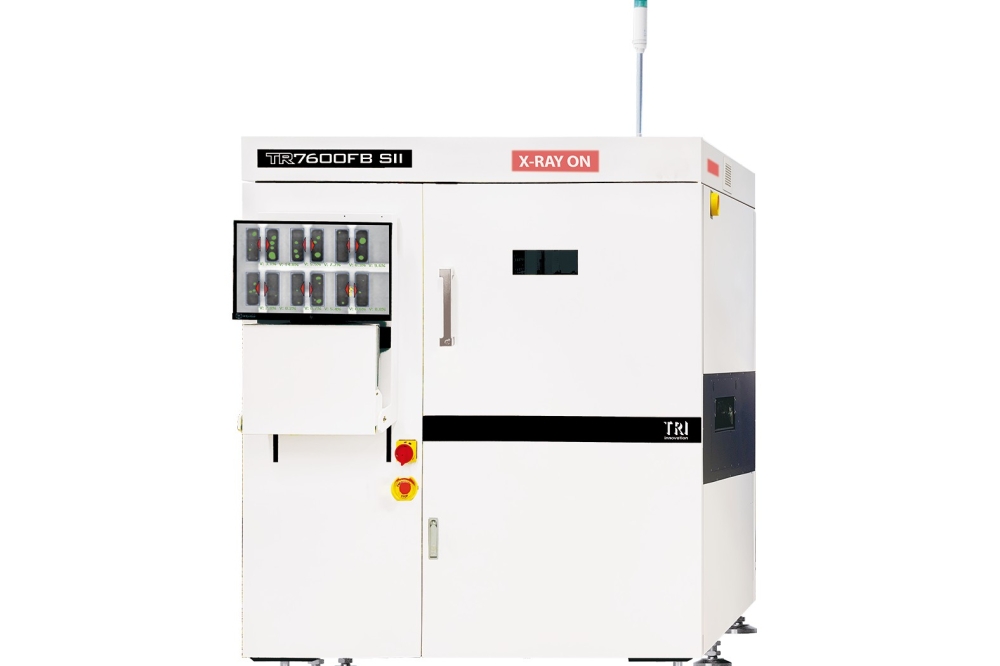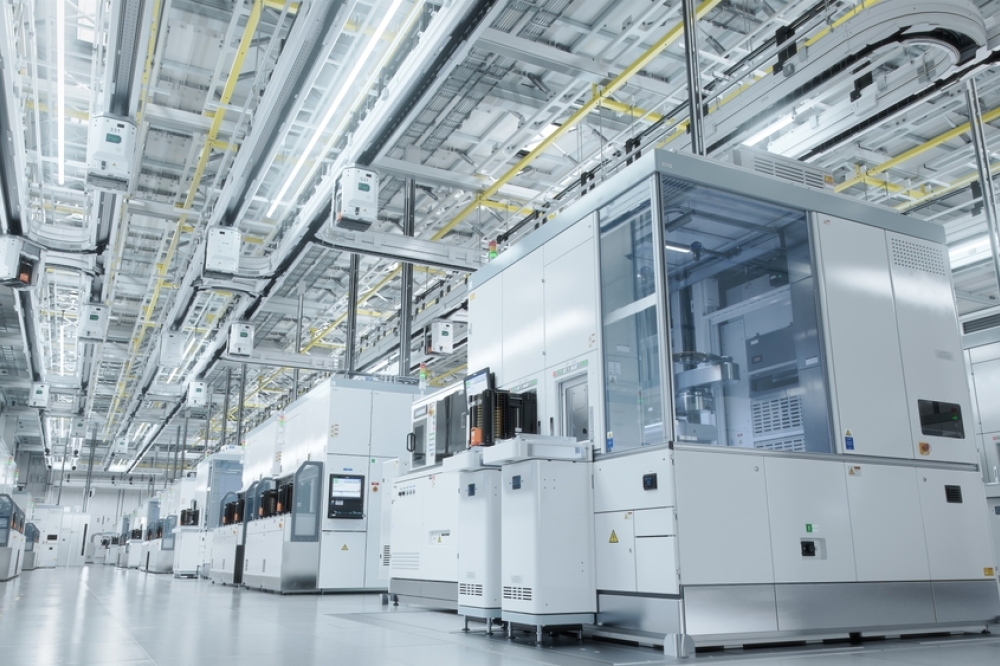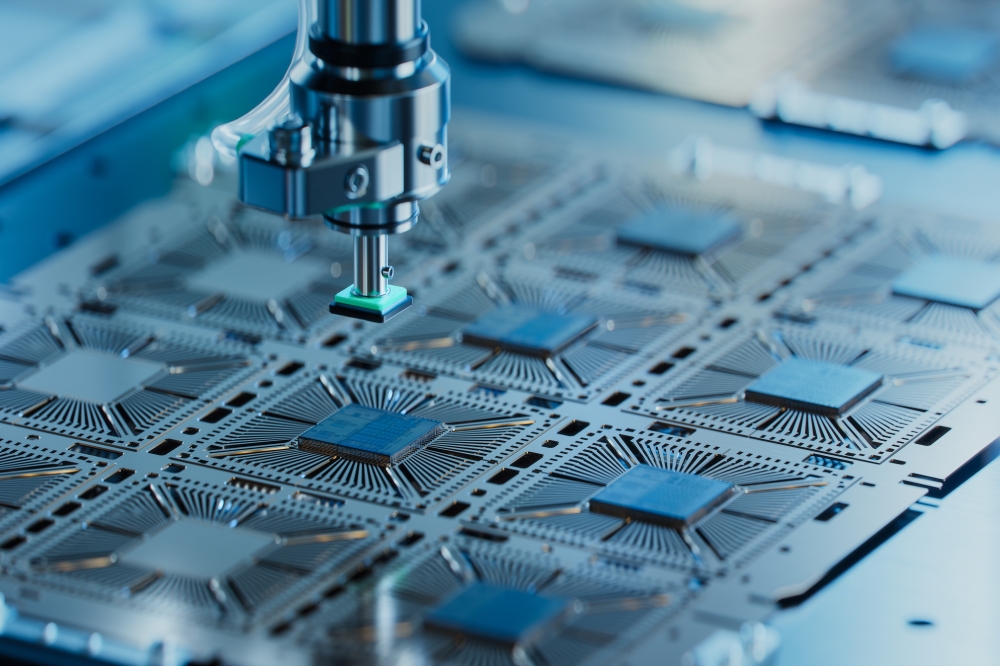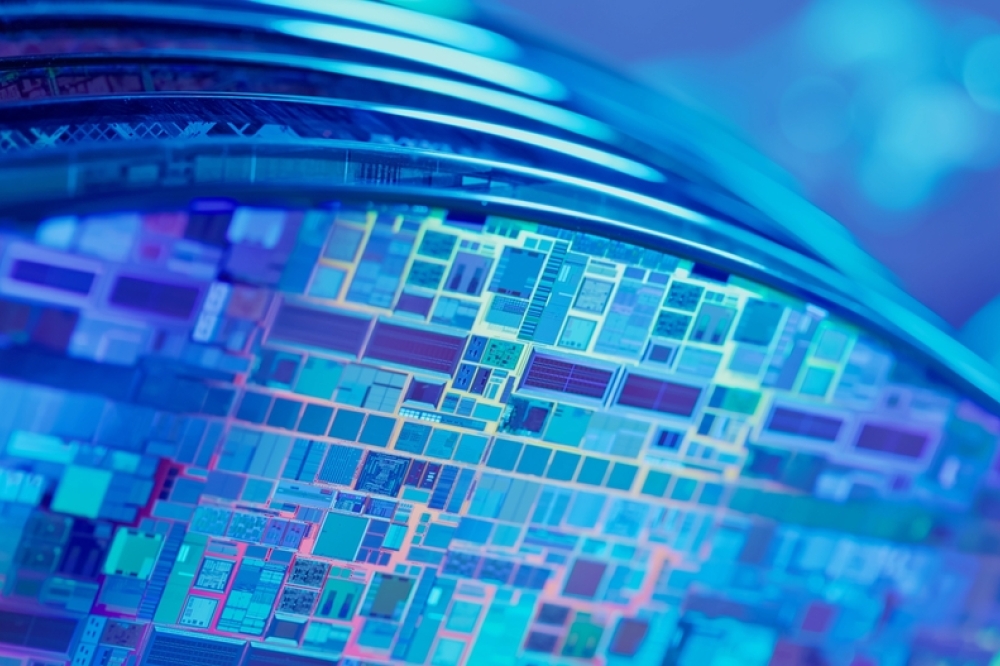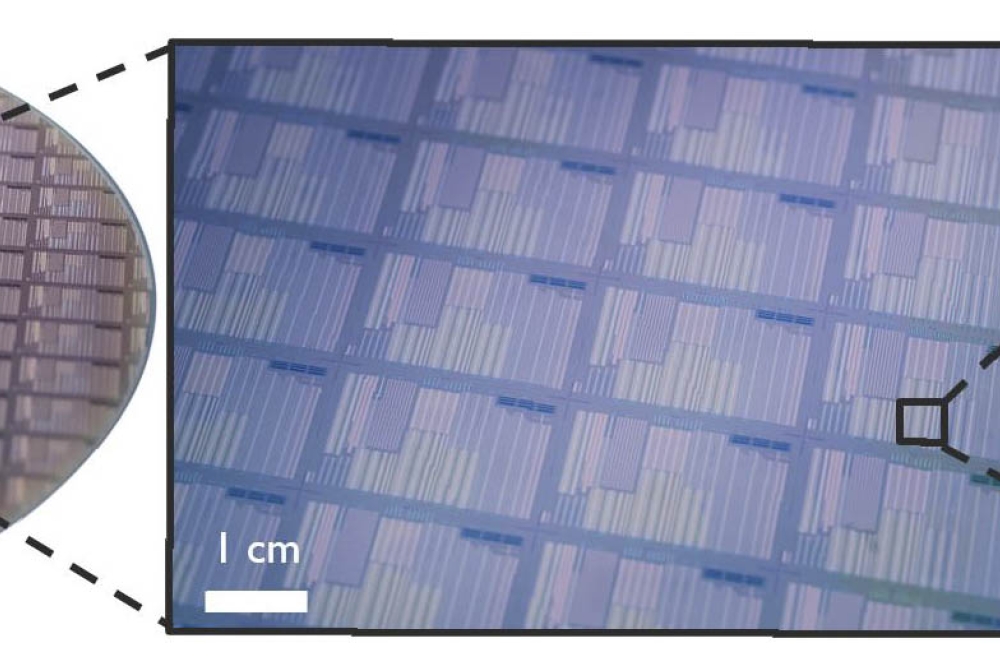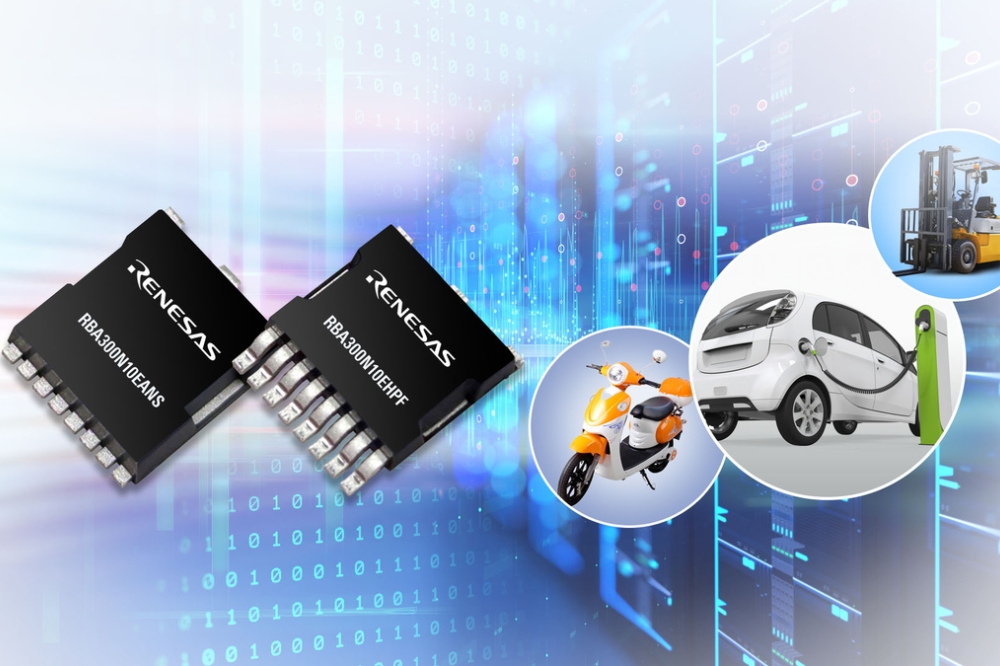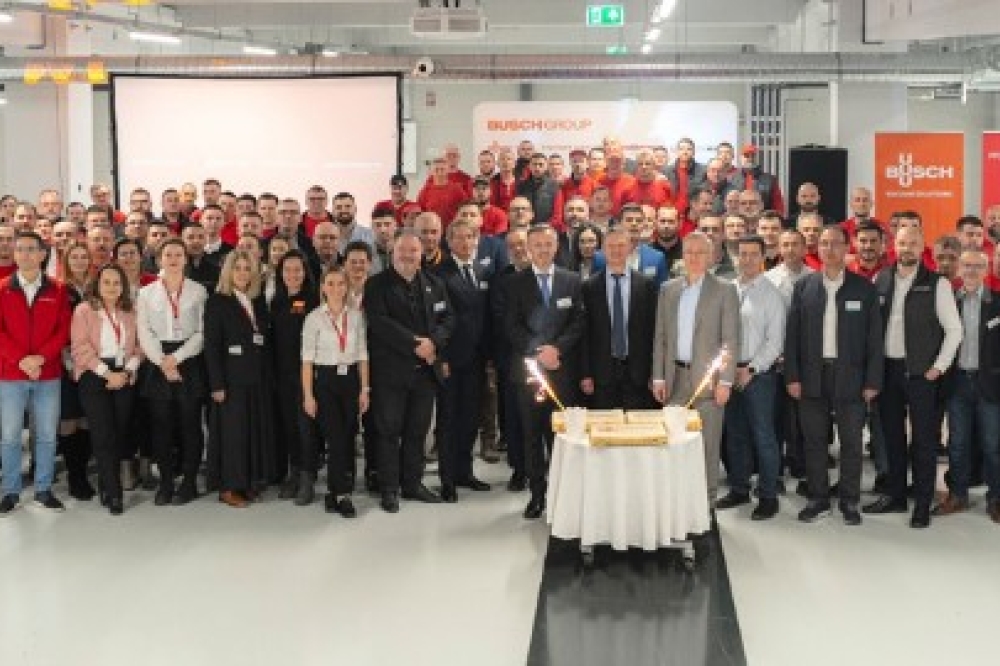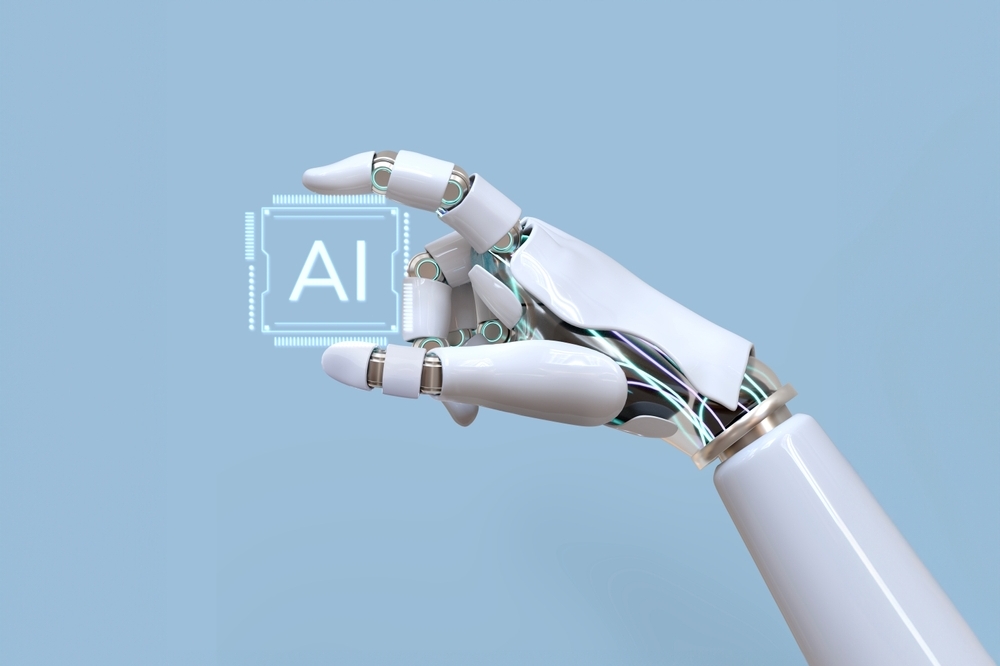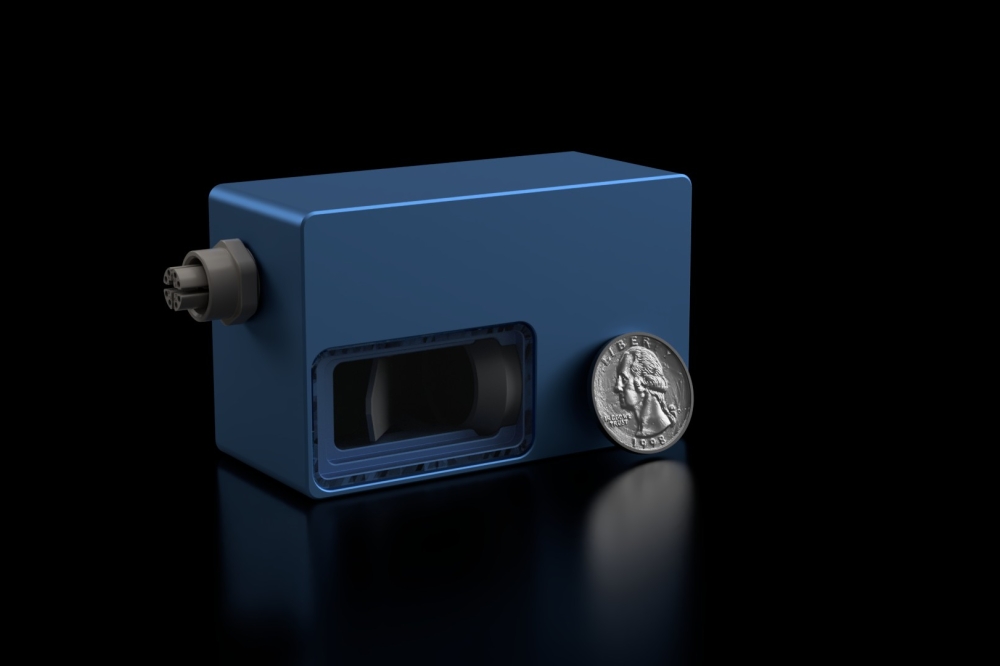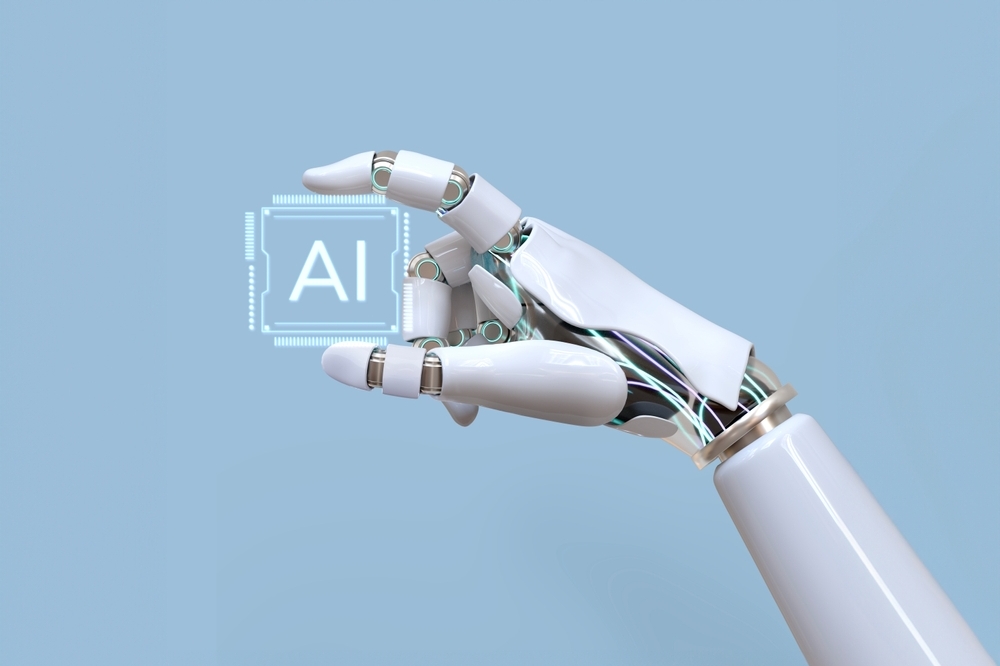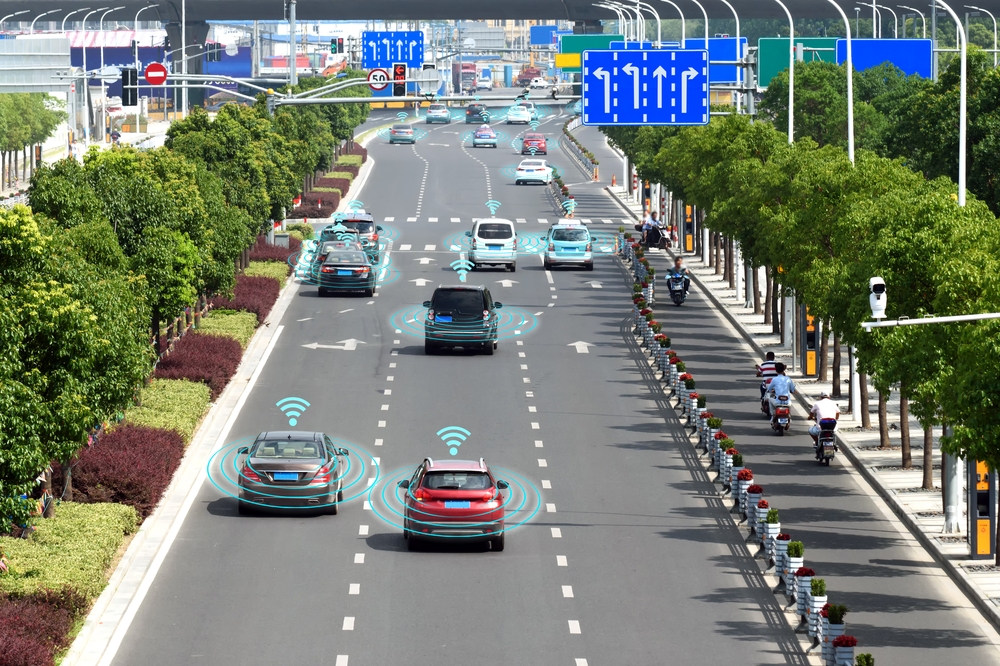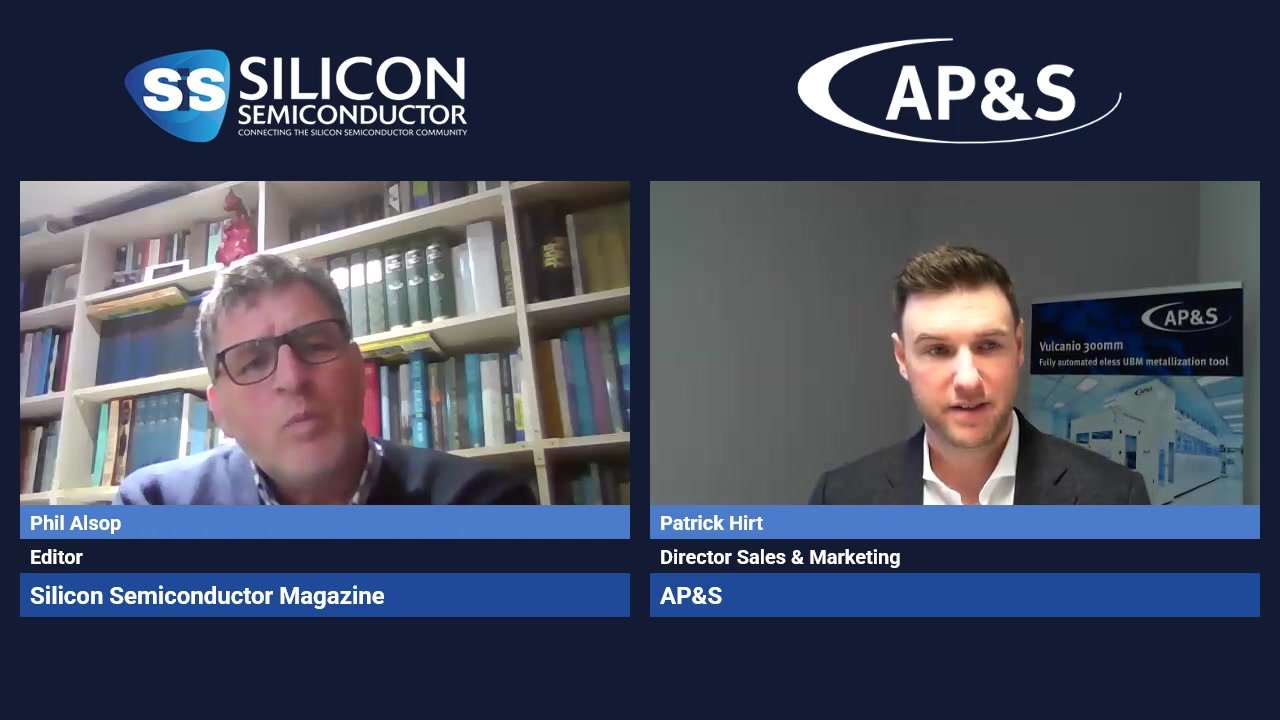Navigating neurosurgical procedures
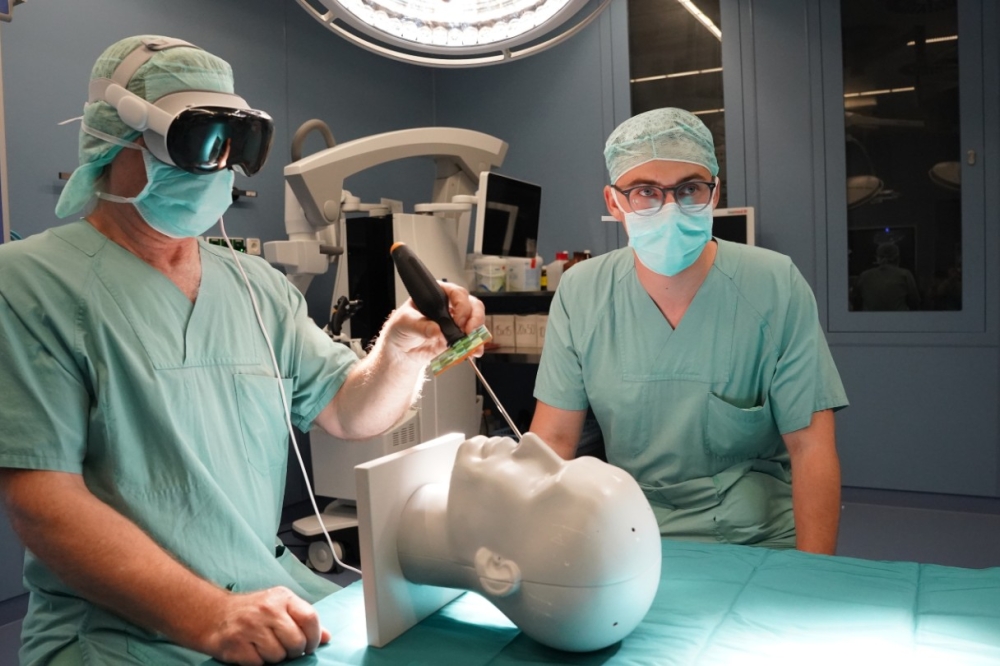
A milestone in neurosurgical navigation.
Present-day medical procedures burden patients as little as possible. Surgeons should avoid damaging tissue on the precisely defined path to the site of surgical intervention, which is especially true for operations on sensitive organs such as the brain. For certain brain tumors, surgeons choose the gentlest access to the brain – through the nose. Here, state-of-the-art technology comes into play: it visualizes what the doctor cannot see from the outside. Precise, high-resolution image data of the patient, as provided by magnetic resonance imaging (MRI), serves as a "map" for navigation; the operating surgeon sees this image data as a projection in data glasses. A central component, the handpiece for attaching the surgical instruments, is being developed and 3D-printed at the Fraunhofer IWU.
The central link between MRI data and glasses is a newly developed app, which is now available as a result of many years of research and development. LEGEND, a research group at the Clinic and Polyclinic for Neurosurgery within the University Hospital Leipzig (UKL), created it in collaboration with the Zittau Branch of the Fraunhofer IWU.
A Milestone in Neurosurgical Navigation
The app combines the MRI image taken before the operation with the actual operating situation and thus allows an exact topographic and structural assignment of the surgical findings. Analogous to a GPS, it guides the surgeon on the best, i.e., most gentle, way to the intended target. The system-side connection of surgical instruments also allows their mapping in the navigation system or use as a pointing device. The exact position of the surgical instrument appears in real time. The distance to the target area and other relevant additional information for the surgeon are within his direct field of view, together with further valuable clues. PD Dr. Habil. Ronny Grunert, a scientific employee at the Fraunhofer IWU (Zittau) and head of the LEGEND research group at the UKL, is particularly proud of the virtually delay-free readiness of the system: "Our team has achieved a worldwide novelty with a fully automated registration in neurosurgical spatial computing navigation. Calibration and registration take just one second, and the navigation is ready for real-time recognition of the instrument position. The developed system is user-friendly and comes very close to GPS assistance."
Developed by Medics for Medics
Great value was placed on a clear, user-friendly interface that optimally supports the operating surgeon, excludes operating errors, and is limited to displaying essential information. An example of the clear, precise presentation logic is a green crosshair that indicates the position of the instrument tip - perfectly integrated into the previously created or transmitted MRI image.
Highly Reliable and Very Economical thanks to Standard Data Glasses
The principle of so-called neurosurgical spatial computing navigation is not fundamentally new. Today, systems suitable for use in clinics start at around half a million euros. An important motivation for the joint efforts of IWU and UKL was that precise navigation technology should no longer be available for financially strong health systems or institutions only. From the outset, they designed their new app for standardized data glasses, whose prices have now arrived in the consumer sector. "These glasses cost a fraction of computer-aided navigation systems for neurosurgery," Grunert says.
Handpiece for Attaching the Surgical Instruments
At the Fraunhofer IWU, the team around Ronny Grunert drove the development of the handpiece, which holds the instruments and enables their exact position determination. It contains specific markers whose geometries and patterns are recognizable for the data glasses. These geometries can be small spheres, cubes, or other bodies. The plastic handpieces are 3D-printed at the IWU in Zittau and the UKL in Leipzig.
Swift Transfer into Practice
The first pilot course for training on the anatomical model took place in the autumn of 2024 at the UKL. In the next step, the team focuses on completing the prototype; after that begins the approval process according to the Medical Device Regulation (MDR) for the European market and according to regulations of the US Food and Drug Administration (FDA) for the USA. Deployment in patients could start in about two years.
Spatial Computing Health Care Summit I, January 30-31, 2025, San Diego
At the Health Care Summit, Leipzig neurosurgeon Prof. Dr. Dirk Winkler and PD Dr. Ronny Grunert will present the research results of UKL and IWU. A focus will be on the unique selling points regarding the fully automatic alignment of the 3D data and the construction of the neurosurgical instrument markers.


